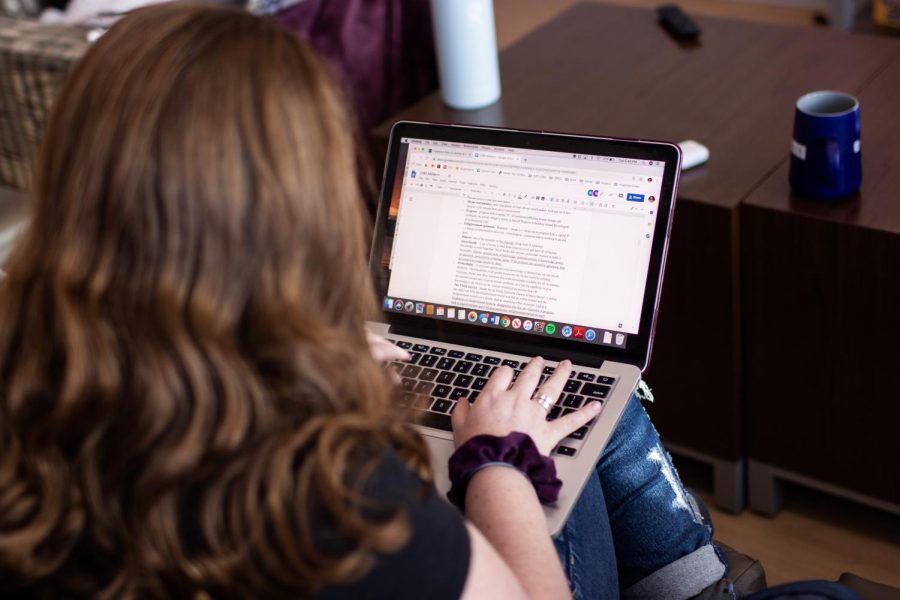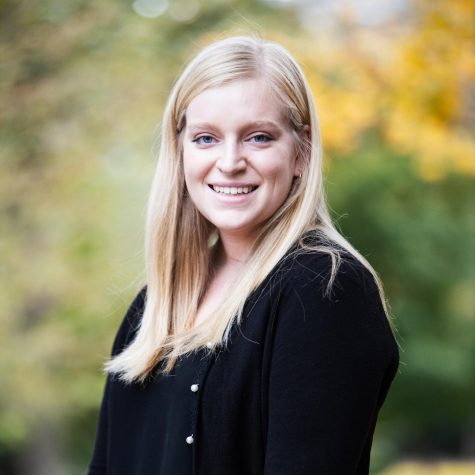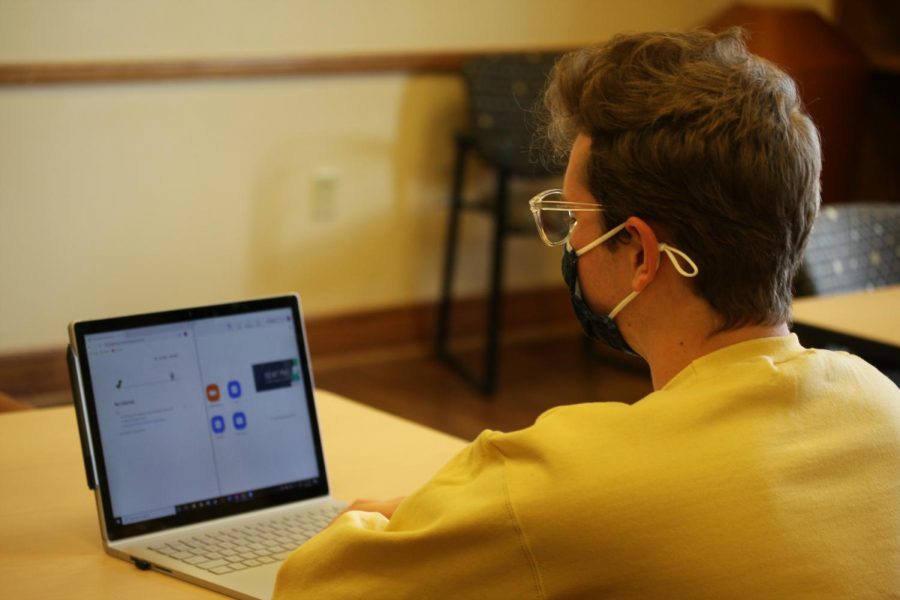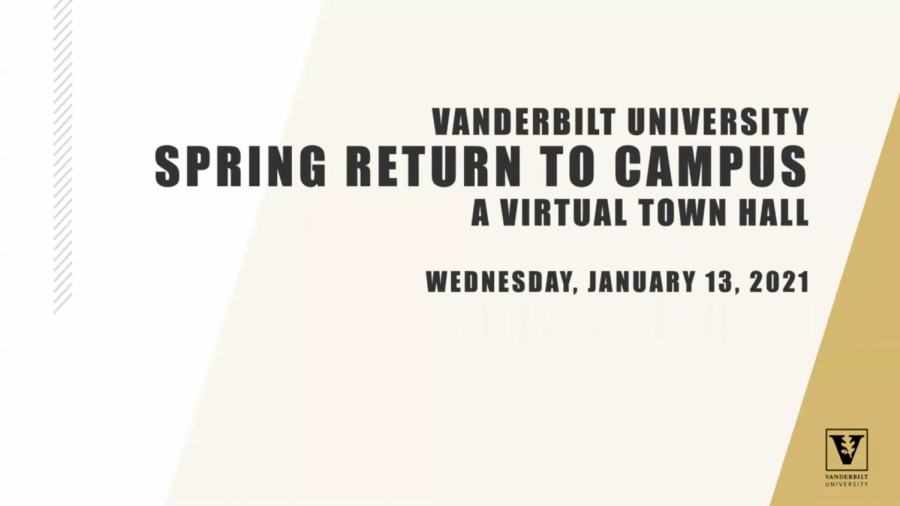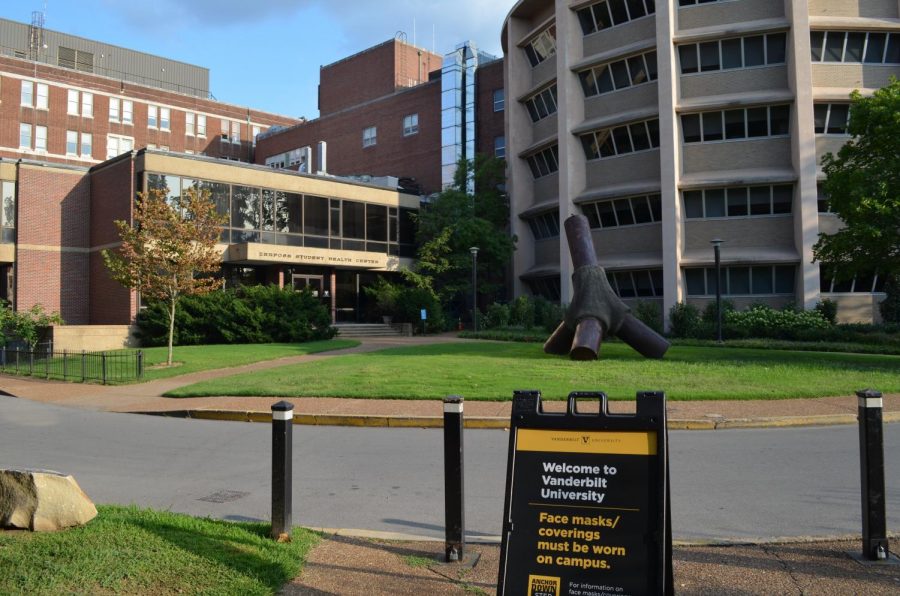The article has been updated with information from Zoom regarding the cause of the disruption.
As the Vanderbilt community attempted to start the school year, Zoom experienced widespread outages with their web portal beginning at 7:51 a.m. CDT on Monday, Aug. 24, according to their website.
Vanderbilt has since announced that the issues with users accessing the web portal have been resolved, emailing the community at 1:18 p.m.
Vanderbilt students received an email at 9:31 a.m. CDT explaining that due to the outages, students and faculty would be unable to join meetings through Zoom’s Brightspace integration. However, per the email, Zoom’s desktop application was still functioning, allowing users to join meetings.
Zoom President of Product and Engineering Velchamy Sankarlingam said in an email the cause of the outage was “related to an application-level bug in our system.”
While some classes were able to run smoothly despite the outage, other professors had to adapt their meeting platforms minutes before class started. Associate Professor of History Paul Kramer said that he realized there was a problem when he had trouble logging into Zoom’s website this morning. After a few seconds of panic, Kramer said he tried to log in on other devices, realized there was an issue with either Vanderbilt’s Zoom integration or Zoom’s platform and sent the class a new meeting invitation through Google Meet. Kramer was introduced to Google’s alternative last weekend during a meeting with a graduate student he works with.
“I had come to rely so heavily on Zoom since the spring that I was kind of like, ‘Wait a second, what are we supposed to do here?’ and then luckily I had this other alternative that I had learned about,” Kramer said.
Sociology professor Holly McCammon was having similar issues as she tried to log in at 8 a.m. for her morning class when it occurred to her that she could hold class via Vanderbilt’s conference call service, she said in an email to The Hustler. After setting up the call, McCammon emailed students the dial in information and was able to review the syllabus and course requirements.
“All in all, it wasn’t optimal, but I think it worked well for many students, although not all students. An international student was unable to call in,” McCammon said in the email. “I’m now communicating with her via email, and we’ll Zoom, if need be.”
While Zoom has been the primary platform used for virtual learning, Kramer said he will spend time familiarizing himself with Google Meet’s capabilities in case there are future Zoom outages.
“I did a class over the summer with the Center for Teaching, and it was fantastic. They really just brought us up to speed and were really patient with faculty, some of whom can be technophobic, and offered technology,” Kramer said. “They’ve really been working around the clock to do everything possible to bring faculty up to speed as far as I can tell, but we didn’t talk about alternative platforms. I think we were all maybe just presuming that it was working so relatively seamlessly that we could just kind of rely on it.”
Due to the functionality of the Zoom desktop application, most students were still able to find ways to join class in cases where their professors did not contact them with alternatives. First-year Sam Sliman was able to join his first class by manually entering the meeting code and password in the app.
“The only issue was I know that not everybody’s classes really had that information, so I kind of got lucky,” Sliman said. “My first professor posted it, and I was able to just copy and paste it in, but a lot of my friends missed their first class of the day entirely.”
Despite the technological difficulties this morning, Kramer was optimistic about the creative teaching methods and structures being employed to help students learn virtually.
“I think really excellent teaching can happen online,” Kramer said. “I think it’s going to require stretching and resourcefulness by faculty and by students, and a lot of mutual understanding and people stretching their capacities and being adaptable, but we’re all committed to education.”

